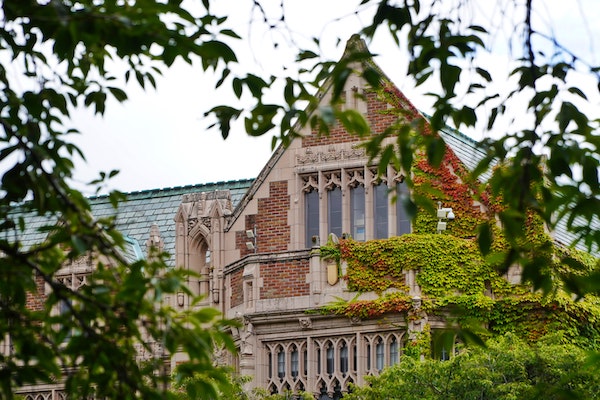Abstract: In recent years, student surveillance has rapidly grown. As schools have experimented with new technologies, transitioned to remote and hybrid instruction, and faced pressure to protect student safety, they have increased surveillance of school accounts and school-issued devices. School surveillance extends beyond school premises to monitor student activities that occur off-campus. It reaches students’ most intimate data and spaces, including things students likely believe are private: internet searches, emails, and messages. This Comment focuses on the problems associated with off-campus surveillance of school accounts and school-issued devices, including chilling effects that fundamentally alter student behavior, reinforcement of the school-to-prison pipeline, and disproportionate impacts on certain groups—including low-income students, LGBTQIA2S+ students, and students with disabilities. This Comment argues that the current legal landscape—federal and state laws, the Fourth Amendment, and the First Amendment—inadequately protects student privacy.
Drawing on aspects of existing privacy frameworks, this Comment proposes solutions that could be implemented by the Supreme Court, federal and state legislators, and school districts. All of these solutions aim to increase student privacy protections. First, the Supreme Court should clarify whether speech on school-issued devices is protected by adopting clear categories of “school speech” that are subject to discipline. Second, new federal and state protections could bolster student privacy. Such laws should limit data sharing when collected from school-issued devices used at home, mandate data minimization and further limitation of data collected, and implement mandatory tracking of the impacts of student surveillance. Third, school districts should conduct audits and increase transparency to demonstrate their commitment to protect student privacy.



